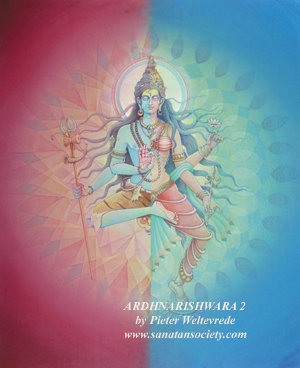
The motif of Ganesha turning his trunk sharply to his left to taste a sweet in his lower-left hand is a particularly archaic feature. In the standard configuration, Ganesha typically holds an axe or a goad in one upper arm and a noose in the other upper arm. Ganesha images were prevalent in many parts of India by the 6th century. This example features some of Ganesha's common iconographic elements.
He holds his own broken tusk in his lower-right hand and holds a delicacy, which he samples with his trunk, in his lower-left hand. A more primitive statue in one of the Ellora Caves with this general form has been dated to the 7th century. Details of the other hands are difficult to make out on the statue shown.
A virtually identical statue has been dated between 973–1200 by Paul Martin-Dubost and another similar statue is dated c. 12th century by Pratapaditya Pal Ganesha has the head of an elephant and a big belly. This statue has four arms, which is common in depictions of Ganesha. The figure shown to the right is typical of Ganesha statuary from 900–1200, after Ganesha had been well-established as an independent deity with his own sect.
interieur : keukens en kachels
Hindu - keukens en parket - advocatenkantoor Brugge - Hindu gods - advocaat - interieur - Ganesha & Shiva - keukens en kachels - advocaat brugge - Schweiz Kamine - Vakantiehuizen Dordogne - hindu gods & goddesses - rechtsbijstand - parket - shiva - advocaat brugge - keukens, kachels, haarden - advocatenkantoor - shiva hinduism - keukens en kachels- le four à bois - portes en châtaignier - kastanje palen - leempleister
shiva - chakras - yoga - hathayoga - chakras